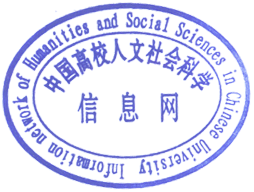关 键 词 :旅游形象 网络游记 内容分析法 宽窄巷子学科分类:管理学--管理学其他学科
文章以携程、途牛、去哪儿国内三大主流旅游平台旅游者对成都宽窄巷子的网络游记作为样本数据,采用内容分析的方法,运用Rost Content Mining 软提取文本中出现的高频词汇,从空间认知、景观认知、服务与设施认知、旅游体验认知四个方面对宽窄巷子旅游形象进行了分析。最终发现: 旅游者对于宽窄巷子旅游形象认知较为全面,且表现出了较为一致的认同; 宽窄巷子的旅游景观较为单一以遗留历史古街区和现代人造景观为主; 游客对于峨眉山的旅游体验认知以正向积极情为主,负面消极评价较少。
This paper takes the online travel notes of three major domestic tourism platforms, Ctrip, tuniu and qunar, as the sample data, adopts the method of content analysis, and uses the rest content mining The software extracts high-frequency words from the text, and analyzes the tourism image of Kuanzhai alley from four aspects: spatial cognition, landscape cognition, service and facility cognition, and tourism experience cognition. It is found that tourists have a comprehensive understanding of Kuanzhai alley's tourism image, and show a relatively consistent identity; Kuanzhai alley's tourism landscape is relatively single, with the historical old street areas and modern man-made landscape left over in the Qing Dynasty as the main; tourists' cognition of Kuanzhai alley's tourism experience is mainly positive emotion, with less negative and negative evaluation.

